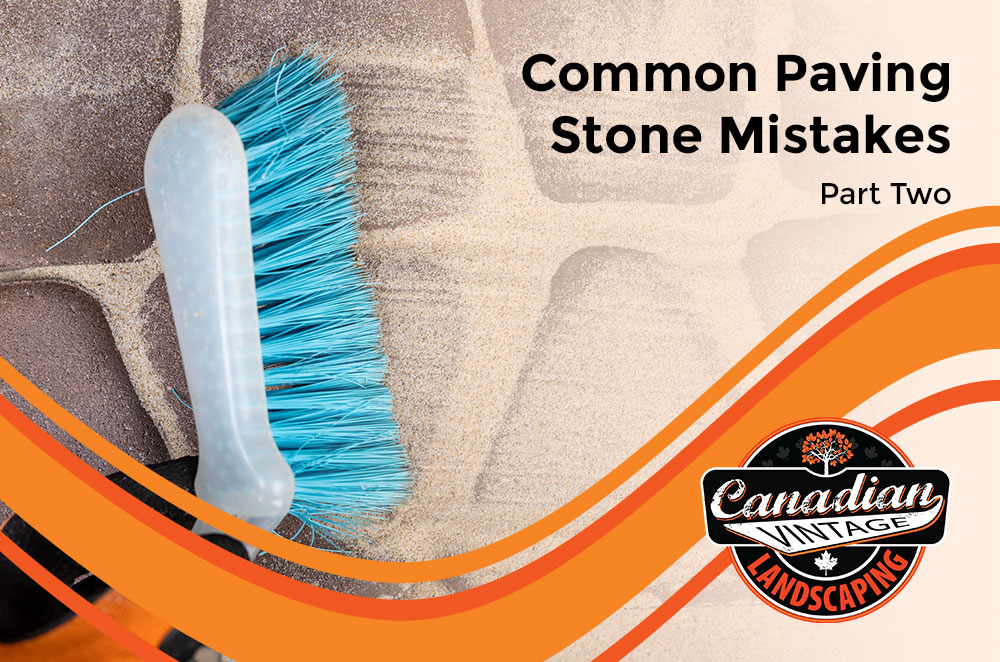A common error in laying paving stones is to lay the stones without a retaining guard on the outside edge. Without this retaining guard, the stones on the edge eventually tip outward. The preparation of the sub-surface should be several inches wider than the finished paving stones – this gives good support to the outside stones and to their retaining guard. After the stones are placed, a very fine fill sand, called a jointing sand, is swept into all the cracks and a final pass with the compactor helps to settle that sand tightly between all the stones.
Once all the stones are in place, you need to fill the spaces between stones with sand. A simple fine sand can work, but often the sand filters down under the bricks, even into the substrate if there is no geotextile. You can get sand with polymers added that make the sand particles bond to each other and a bit to the bricks. Polymer-added sand tends to crack and stay open, like cracked mortar in a brick wall.
Using polymer-added sand can be poured over as easily as fine sand and swept in. Run a compactor over the top, then you can either sprinkle it with water, or wait for it to rain. The water will cause it to swell, tightly filling all the space between stones and then dry in that expanded position. If cracks show up because of stones moving, from settling or heavy use, the next time it rains, the material expands again, self-healing any cracks.
They say no plants will grow because of the polymer-added sand but that is not true. Plants are greatly slowed down but will eventually grow through – less so with regular sand and even less so with polymer-added sand. Control plant growth through the stones with ordinary white vinegar, this changes the pH of the plant enough to kill anything and it will take whole new roots for something new to grow back again.
To be continued again…



